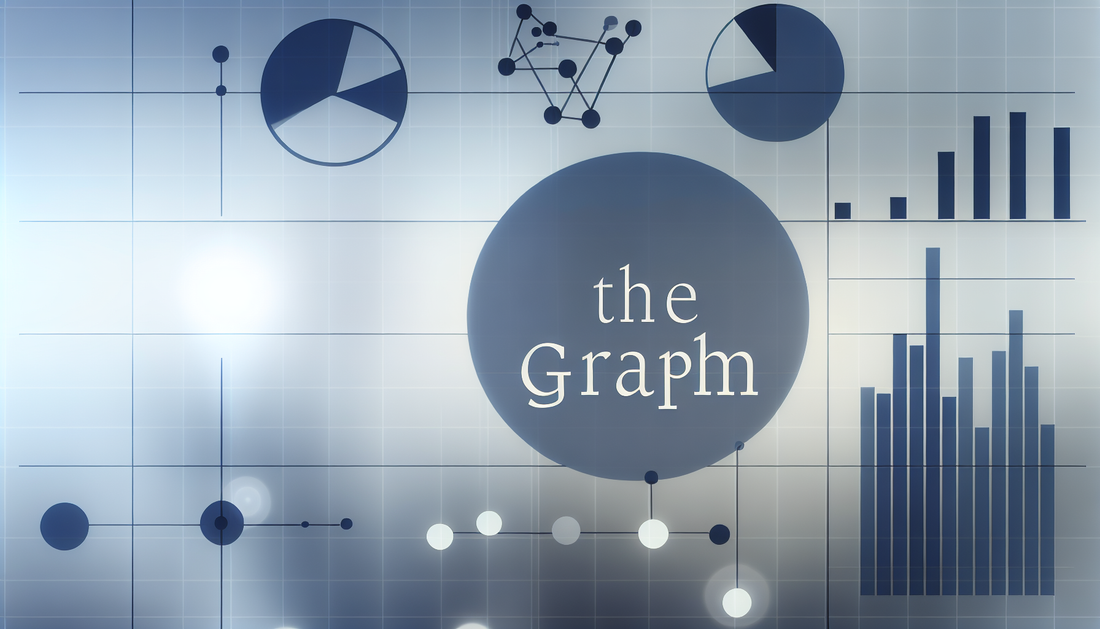
Unlocking GRT Tokenomics: A Comprehensive Guide
Share
GRT Tokenomics: An In-Depth Analysis
Understanding the tokenomics of The Graph's GRT is crucial for grasping the underlying structure and purpose of this cryptocurrency. The Graph is a decentralized protocol for indexing and querying data from blockchains, fundamentally altering how data is accessed in the blockchain domain. Tokenomics involves the economic aspects of a cryptocurrency's ecosystem, encompassing how tokens are distributed, utilized, and managed within the network. This article provides a neutral perspective on how GRT operates within The Graph's ecosystem.
GRT, the native token of The Graph network, serves multiple functions. First, it is required for incentivizing participants such as indexers, curators, and delegators, who contribute to maintaining and indexing the network. Indexers stake GRT to operate nodes, ensuring the network remains secure and efficient. As an integral part of the network's economy, curators signal valuable subgraphs, aiding in efficient data retrieval and network performance.
The total supply of GRT is fixed at 10 billion tokens, although not all were in circulation at the onset. Instead, they are gradually released over time to maintain market stability and accommodate network growth. This phased distribution aims to prevent market dilution, a common concern in cryptocurrency ecosystems. Such a structured release strategy reflects on traditional financial models, paralleling with techniques discussed in other articles like Decoding Stellar Lumens: Governance in Cryptocurrency.
The token distribution includes allocations for team incentives, community, ecosystem development, and early backers. This multifaceted allocation is designed to foster sustainable growth of The Graph ecosystem and align stakeholders' interests over the long term. Like in many other blockchain systems, these allocations are central to balancing both development and community engagement. The systematic approach to such allocations is explored further in articles such as Unpacking Stellar Lumens: A Dive into Tokenomics, which also highlights the relevance of distribution strategies in tokenomics.
Burn mechanisms are another aspect of the GRT tokenomics plan; a portion of fees generated on the network is burned to activate a deflationary pressure on the token supply. This serves to increase scarcity over time, potentially stabilizing and enhancing the economic value of GRT. While not a unique feature to The Graph, similar practices across the crypto sector aim to mitigate inflationary tendencies, a concept similarly explored in articles like Decoding HBAR's Tokenomics for Future Growth.
